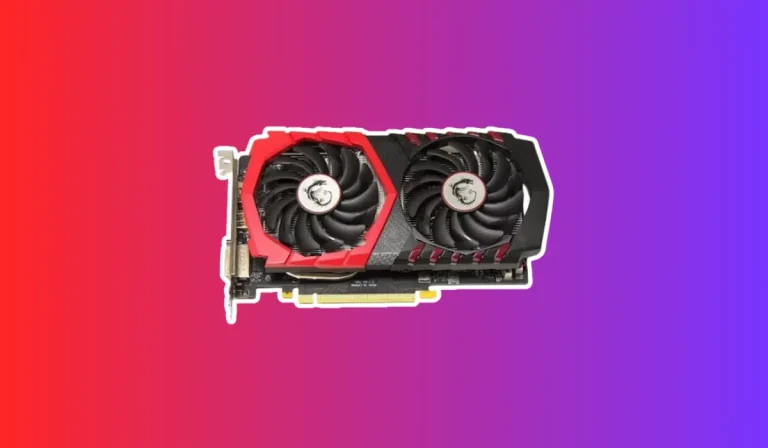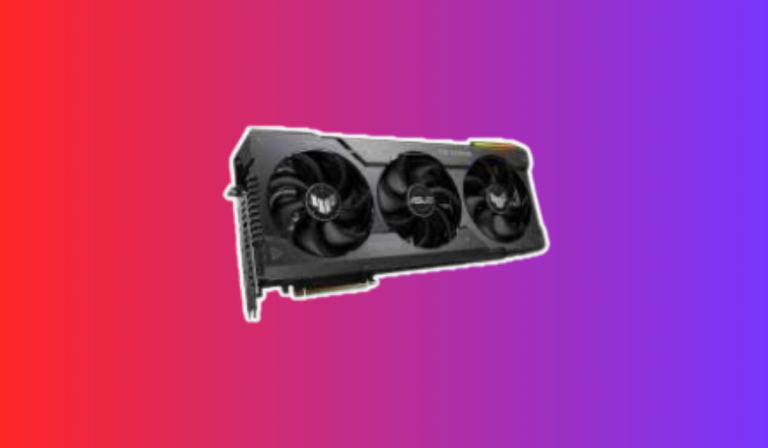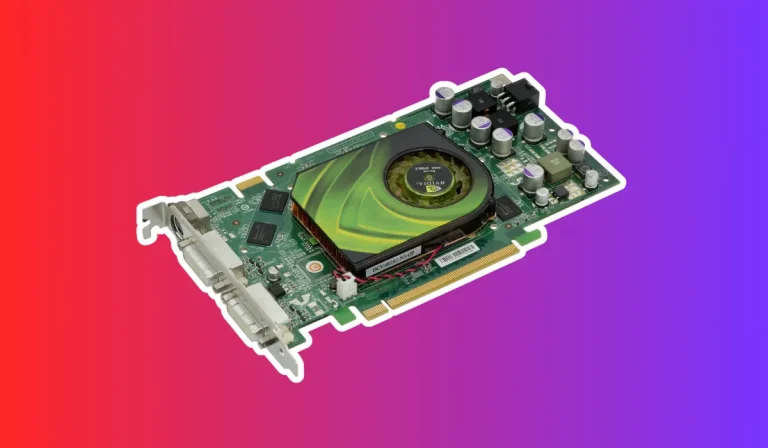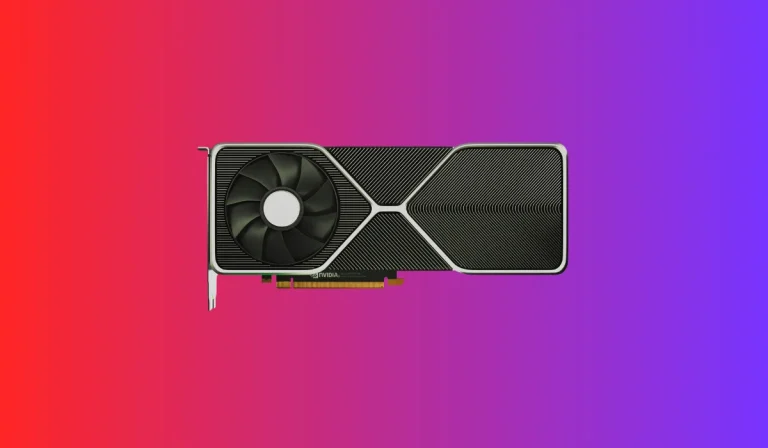How can I find out which graphics card my PC has?
Are you a gaming enthusiast or someone who works with graphics-intensive software? If so, knowing your PC’s graphics card is essential to ensure optimal performance and compatibility. We will explore the importance of identifying your graphics card and guide you through simple methods to find out which one your PC has.
Why Identify Your Graphics Card
Compatibility with Software Requirements
One of the key reasons to identify your graphics card is to ensure compatibility with software requirements. Graphics-intensive applications, such as games, video editing software, and 3D modeling tools, often have specific hardware requirements.
By knowing your graphics card model and specifications, you can verify if your system meets the minimum requirements for running these applications smoothly. This knowledge helps you avoid any potential performance issues or incompatibilities that may arise from using unsupported hardware.
System Upgrades and Optimizations
Identifying your graphics card is crucial when you plan to upgrade or optimize your system. Upgrading your graphics card can significantly enhance your gaming performance and enable you to run the latest games at higher settings.
By knowing your current graphics card model, you can research and choose an appropriate upgrade that meets your requirements and budget. Additionally, identifying your graphics card allows you to keep track of driver updates released by the manufacturer.
Regularly updating your graphics card drivers ensures you have access to the latest bug fixes, performance improvements, and new features.
Troubleshooting and Technical Support
In the event of technical issues related to your graphics card, knowing its model and specifications can prove invaluable. When seeking technical support or troubleshooting assistance, providing accurate information about your graphics card can help professionals diagnose problems more efficiently.
It allows them to offer specific advice, firmware updates, or driver recommendations tailored to your hardware. This knowledge empowers you to effectively communicate your system’s configuration and seek appropriate solutions.
How to Identify Your Graphics Card
Method 1: Using Device Manager
The Device Manager is a built-in Windows tool that allows you to view and manage hardware devices connected to your PC. To access it, simply right-click on the Start button and select “Device Manager.” Once open, expand the “Display adapters” category, and you will find your graphics card listed with its model name.
You can right-click on the graphics card and select “Properties” to view additional details, such as the driver version and hardware IDs.
Method 2: Using System Information
Another method to identify your graphics card is by using the System Information tool. To access it, press the Windows key + R to open the Run dialog box, type “msinfo32,” and hit Enter. In the System Information window, navigate to the “Components” section in the left sidebar and expand it.
Look for the “Display” category, and there you will find detailed information about your graphics card, including the name, manufacturer, and driver version.
Method 3: Using Third-Party Software
If you prefer a more user-friendly approach, there are third-party software options available that can provide detailed information about your graphics card. Applications like GPU-Z and Speccy are popular choices that offer comprehensive information about your graphics card, including its model, memory size, clock speed, and temperature.
Simply download and install one of these programs, and they will automatically detect and display the details of your graphics card.
Troubleshooting Graphics Card Identification Issues
Ensure Proper Connection
Sometimes, the graphics card may not be correctly connected to your PC, leading to identification problems. Start by turning off your computer, opening the case, and checking if the graphics card is securely inserted into the appropriate slot on the motherboard.
Make sure it is properly seated and the retaining latch is engaged. Once you’ve ensured a secure connection, power on your computer and try identifying the graphics card again using the methods mentioned earlier.
Update Drivers
Outdated or missing graphics card drivers can also cause identification issues. To resolve this, visit the manufacturer’s website and search for the latest drivers specifically designed for your graphics card model and operating system. Download and install the updated drivers, then restart your computer.
After the restart, try identifying your graphics card again using the methods mentioned earlier. Updated drivers often include bug fixes and performance improvements that may help resolve identification problems.
Consult Technical Support
If you’ve tried the above steps and are still facing difficulties in identifying your graphics card, it might be time to seek technical support. Contact the manufacturer of your graphics card or visit their support website to search for troubleshooting guides or contact information.
Their support team will be knowledgeable about specific issues related to their products and can provide further guidance to help resolve your identification problems.
FAQ’s
1. I don’t know much about computers. How can I find out which graphics card my PC has?
Don’t worry! You can easily find your graphics card by following these steps: Open the Start menu, search for “Device Manager,” click on it, expand the “Display adapters” category, and you will see your graphics card listed there.
2. Is there any other way to check my graphics card without using Device Manager?
Absolutely! Another method is to use the System Information tool. Press the Windows key + R, type “msinfo32,” and hit Enter. In the System Information window, navigate to the “Components” section, expand it, and look for the “Display” category. There you will find detailed information about your graphics card.
3. I tried the above methods, but I still can’t find my graphics card. What should I do?
If you’re unable to find your graphics card using the above methods, there might be an issue with the connection or drivers. First, ensure that your graphics card is properly connected to your PC’s motherboard. If that doesn’t resolve the issue, try updating your graphics card drivers.
Visit the manufacturer’s website, search for the latest drivers for your specific model, download and install them, and then try identifying your graphics card again.
4. I’m not comfortable with technical stuff. Can I use a software program to find out my graphics card?
Absolutely! There are user-friendly software programs available, such as GPU-Z and Speccy, that can provide detailed information about your graphics card. Simply download and install one of these programs, and they will automatically detect and display the details of your graphics card.
5. I’m still confused. Can I get professional help to identify my graphics card?
Of course! If you’re still unsure or facing difficulties, it’s always a good idea to seek professional help.
Conclusion
Knowing how to identify your PC’s graphics card is crucial for optimizing your gaming experience and maximizing system performance. By understanding your graphics card’s model, manufacturer, and specifications, you can make informed decisions when it comes to upgrades, troubleshoot issues effectively, and ensure compatibility with the latest games and software. Remember, a well-optimized graphics card can enhance visual quality, improve frame rates, and deliver an immersive gaming experience.




